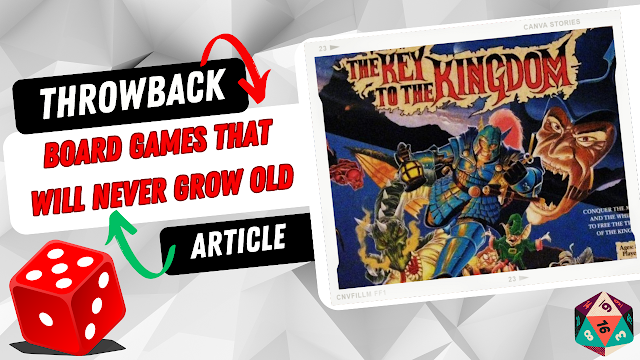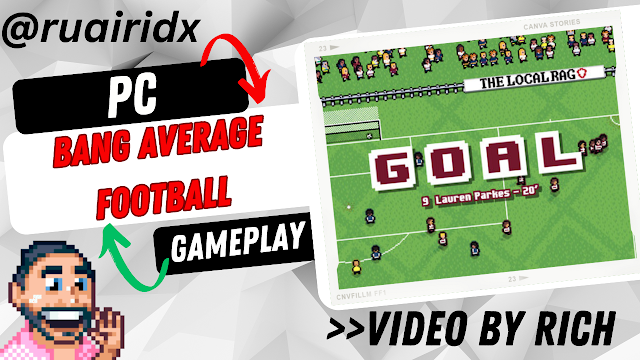A person is playing a video game on a cell phone photo – Free Games Image on Unsplash
As technology advances, gaming experiences that once appealed to only a niche group are now accessible to millions.
With different genres such as casual gaming, video gaming, and online casino gaming, the lines between types of play have begun to blur, creating a more interconnected and dynamic gaming culture. This shift in how we engage with games and other players is reshaping the landscape of gaming communities, moving from light-hearted experiences to intense, competition-driven environments.
The Integration of Competitive Elements Across Genres
As gaming communities grow, the influence of competitive play is being felt across various genres. Traditionally, competitive gaming was reserved for hardcore video games or professional esports tournaments, but now, even casual and casino gaming are adopting elements of competition.
For example, casual games, which once focused on individual progress, now feature more competitive aspects. Many mobile games now offer ranked modes or time-limited challenges that pit players against each other in a more structured format. This competitive layer appeals to casual players who are looking for a greater sense of achievement or the thrill of outdoing others. Leaderboards, seasonal events, and tournament-like structures are common in games that were once purely for relaxation, making it easier for players to transition into more competitive environments.
The influence of competition is also evident in online casino gaming. Once perceived as a solitary pursuit, online casino games are now adopting competitive features to engage players. Live dealer games, for example, bring a real-time social aspect to games like blackjack, poker, and roulette. Players can interact with dealers and other participants, creating a more immersive and dynamic experience. Additionally, online casino platforms often host poker tournaments and other competitive events, where players can compete for large cash prizes. While players can find a good variety of games and tournaments on domestic GamStop Sites, most iGamers often turn to international non-GamStop casinos for the best game variety. Casinos not on GamStop UK typically offer gamers a much wider selection of games and beyond that, players usually find bigger and more lucrative bonuses on these sites too. With a plethora of games and tournaments available virtually, casino gaming is becoming more engaging and interactive, making it more appealing to a younger, tech-savvy audience who enjoys friendly competition.
As a result, the gaming landscape is becoming increasingly fluid, with players moving easily between casual and competitive spaces. Whether it’s a mobile game with competitive elements or a high-stakes poker game, the boundaries between these different types of gaming are becoming less defined.
From Social Play to Structured Communities
One of the key factors in the evolution of gaming communities is the growing emphasis on social connectivity. In the past, gaming was often a solitary activity, with players engaging in single-player experiences that offered limited interaction with others. Over time, gaming shifted toward online multiplayer platforms where players could form communities around shared interests. This change can be seen across all types of games, from casual mobile games to competitive esports titles.
Casual mobile games, for example, have introduced social features that allow players to connect with friends and compete on leaderboards. Games like Candy Crush or Clash of Clans have added social layers, encouraging players to engage in friendly competition and exchange tips. These games often include features such as in-game chats, clan systems, and social media integration, making it easier for players to connect and form bonds, even if they don’t consider themselves traditional gamers. While the focus may still be on lighthearted play, casual gaming has paved the way for the social aspect of gaming communities to flourish.
On the other end of the spectrum, competitive video gaming and esports communities have transformed the way players interact with each other. Titles such as League of Legends, Fortnite, and Valorant have created platforms where players are driven by intense competition, often with professional leagues and global tournaments. These communities are structured around performance, skill, and strategy, with players participating in intense competition and forming teams that compete at the highest levels.
The Role of Streaming and Content Creation
Another driving force in the evolution of gaming communities is the rise of streaming platforms, particularly Twitch and YouTube. Platforms like Twitch are filled with content creators with millions of followers sharing information about anything and everything, from daily life to gaming.
These platforms have shifted the focus from gaming as a private activity to a public, community-driven experience. Players can now share their gaming with an audience, engage with viewers in real-time, and build large followings. This trend has contributed to the growth of competitive gaming, as viewers can watch professional players compete at the highest levels and learn strategies from them.
Streaming has also given rise to a new kind of gaming community—one that is focused on content creation, entertainment, and social interaction. Gaming influencers have become key figures in shaping the gaming landscape, and their audiences often form communities around these influencers, sharing content, discussing games, and engaging in friendly rivalry. The competitive element in these communities goes beyond gaming itself, as followers often compete to gain attention from their favourite streamers or be recognized for their contributions to the community.





No comments:
Post a Comment
Like what you see in the Games Freezer?
Why not tell us what you think with a few well-chosen comments? :)
Note: only a member of this blog may post a comment.